Legendary Ecurie Ecosse to hit $20-25m 09 | 08 | 2016
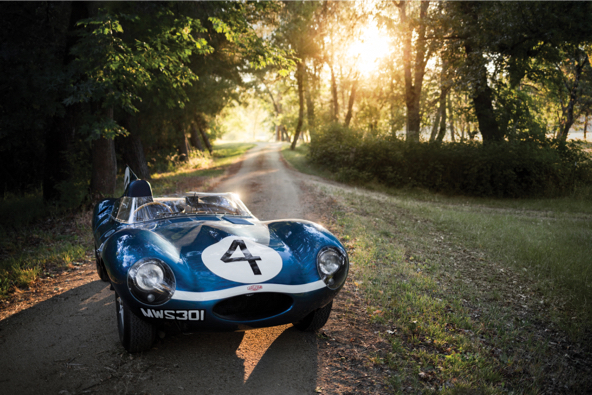
SIXTY YEARS AFTER it won the Le Mans 24-Hours in 1956, the legendary Ecurie Ecosse D-Type Jaguar, chassis XKD 501 — the first D-Type supplied by Jaguar to a privateer team — will be auctioned at RM Sotheby’s Monterey, California sale, on Friday, August 19. It’s estimated the car will be sold for between $20,000,000 and $25,000,000.
The stunning car — which has had just two private owners since Edinburgh-based Ecurie Ecosse, and been in the same private collection for more than 16 years — could have been yours for around £70,000 in the mid-Seventies.

XKD 501 remains the only Le Mans-winning C- or D-Type to have survived intact, and is still essentially original to its winning form. No surprise then that it is, without question, one of the most important and valuable Jaguars in the world.
Powered by a 250 bhp, 3442 cc DOHC inline six-cylinder engine with three Weber 45 DCO3 carburettors, the race car was fitted with four-speed manual transmission, independent front suspension, live rear axle trailing links and transverse torsion bar, and four-wheel disc brakes. It sits on a 90in wheelbase.
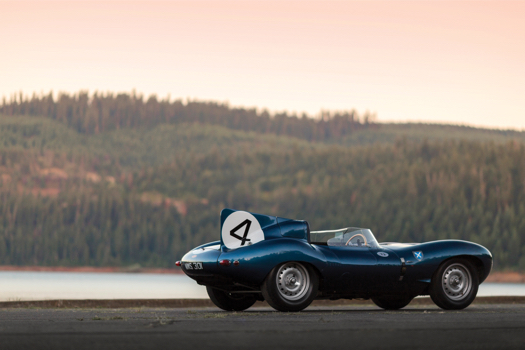
Born to succeed the famous Jaguar C-Type’s dominance at Le Mans in the 1950s, the D-Type had purposeful and beautiful looks, pioneering engineering and outright fire power. In its day, no-one had seen anything like the revolutionary curved body penned by Malcolm Sayer.
Not only a thing of beauty, it also was the first to incorporate a unique monocoque construction, combining the body and frame to form structural integrity. Its 3.4-litre engine was rated at 245bhp, propelling the car to a blistering 169 mph at Le Mans during testing.
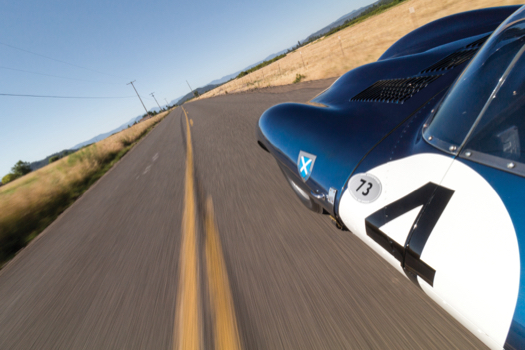
The immensely significant Jaguar D-Type on offer, chassis no. XKD 501, was sold new to Ecurie Ecosse — the latest incarnation of the team, Black Bull Ecurie Ecosse races in the British GT Championship — and dispatched on May 5, 1955; it was easily identified as part of the famed Scottish racing team’s stable by its signature Scottish Flag Metallic Blue livery with the St. Andrews cross emblazoned on the front fenders, a guise it continues to wear to this day.
Designed to excel in the crucible of motorsport, the car’s greatest performance was registered at the famed 1956 Le Mans 24 Hours, where, piloted by Ninian Sanderson and Ron Flockhart, it competed alongside three factory longnose cars.

By the race’s final lap, only 14 entries remained in the field with the Ecurie Ecosse D-Type going on to claim a comfortable victory, having averaged 104mph for over 2500 miles. The car later went on to race at Goodwood, Aintree and the 1957 Mille Miglia, prior to being retired from competition in June that year.
Since retirement, XKD 501 has been in the custodianship of just three private owners and has been meticulously maintained. A part of one of America’s most respected collections since 1999, it has been featured at many of the world’s leading concours events, including the 2002 Pebble Beach Concours d’Elegance, where it won the Jaguar Competition class and the Road & Track award.
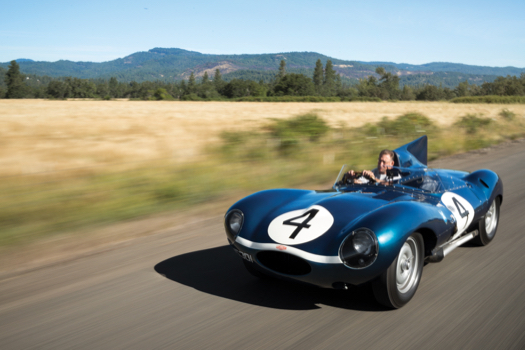
It returns to the Monterey Peninsula in August — this time to the auction stage — where it is set to comfortably eclipse the current record for a British automobile sold at auction. A vehicle notable for not only its incredible history and rarity, but also its beautifully authentic presentation, its offering presents an exclusive opportunity to not only acquire the most important Jaguar racing car ever made, but an incredible piece of Le Mans heritage.
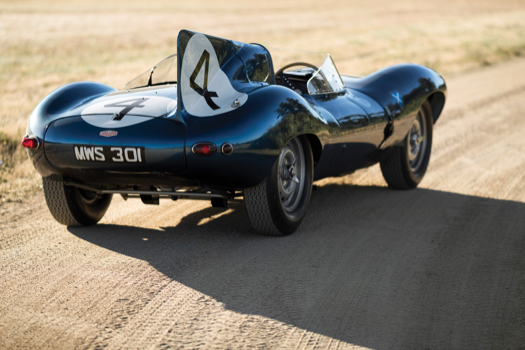
“XKD 501 is without question one of the world’s most significant competition cars,” Shelby Myers, Car Specialist, RM Sotheby’s, explained. “It has an incredible racing pedigree, having won the most gruelling contest in sports car racing, the famed 24 Hours of Le Mans, and importantly, is without any stories.
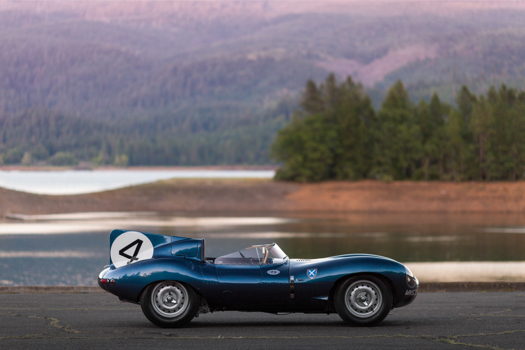
“What’s more is its amazing originality; pure in terms of body, chassis and engine, there is no other Le Mans winner from this period that is as original as this car. We are extremely honoured to have been entrusted with XKD 501 by its important caretaker for our Monterey sale; it’s a decision that again reaffirms RM as the auction house of choice for the sale of the world’s most important automobiles.”
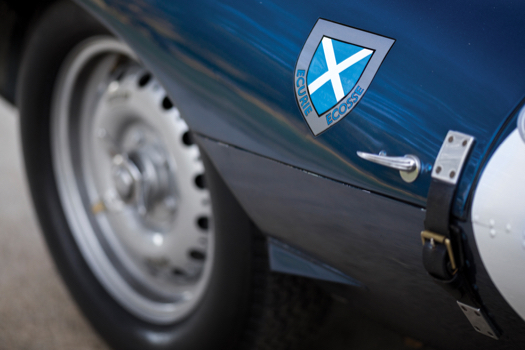
RACE DAY: JULY 28, 1956
JULY 28, 1956
IT’S SECONDS BEFORE the start of the world’s most prestigious and legendary endurance race, the Le Mans 24-Hours, and it’s pouring. Not what the Ecurie Ecosse drivers, Edinburgh’s Ron Flockhart and Glasgow-born Ninian Sanderson, wanted.
But even as the rain poured, and the mist hung over parts of the circuit, the Ecurie Ecosse Jaguar D-Type, swathed in its traditional Scottish blue with a white cross, was one of the most stunningly beautiful cars on the grid.
And remember, the was the golden age of motor racing, with famous names, including Ferrari, Aston Martin, Jaguar, Talbot, Porsche, Lotus, and Gordini, all racing at Le Mans.
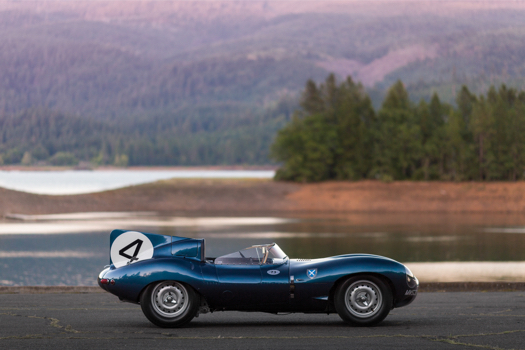
Standing on the grid, Flockhart was, naturally, unaware that he was poised to begin what was to become the first of two successive wins at the world’s most famous endurance race. Something of an adventurer, he would go on to make two attempts at breaking the flight record from Sydney, Australia, to London, England, in a war-era P51 Mustang.
Sanderson, meanwhile, was acknowledged as something of a polar-opposite: a real practical joker, with a biting sense of humour. He did though share Flockhart’s sense of adventure, often racing his yacht in regattas on the Clyde Coast.
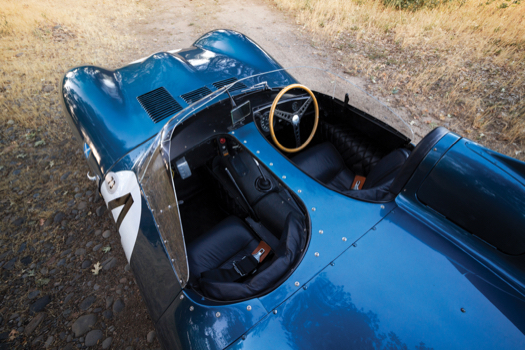
Although Mike Hawthorn in the factory D-Type took an early lead, on the second lap of the race, everything changed with an early accident and two possible winners were eliminated, followed by Hawthorn, who came in after only four hours with a misfire.
With 23 hours, 30 minutes still to go, the complete Jaguar team was in trouble, two cars eliminated, and one struggling with a bad fuel line. From a Works standpoint, the race appeared lost and Aston Martin and Ferrari were poised to outrun the older D-Types.
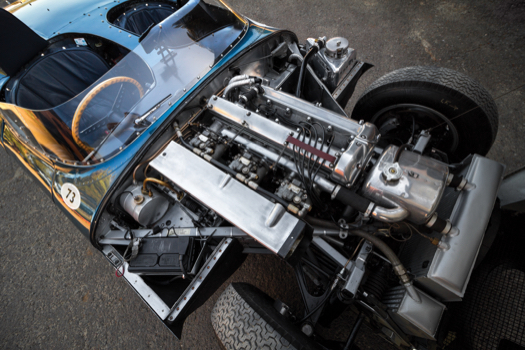
It was left to Ecurie Ecosse to fly the flag not only for Scotland, but for Jaguar and Coventry. By 5pm the car was in the lead, which it then held through to the end of the race. Locked in a dogfight with the Aston Martin of Stirling Moss and Peter Collins, the masterful work by Ecurie Ecosse’s time-keeper, David Murray, and pitstop guru Wilkie Wilkinson, ensured XKD 501 took the chequered flag having completed 2,507.19 miles at an average speed of 104.47 mph, and a maximum speed of 156.868 mph on the Mulsanne Straight.
History was made. And 12 months later, Ecurie Ecosse returned to power its Jaguar’s to a dominant 1-2 finish.
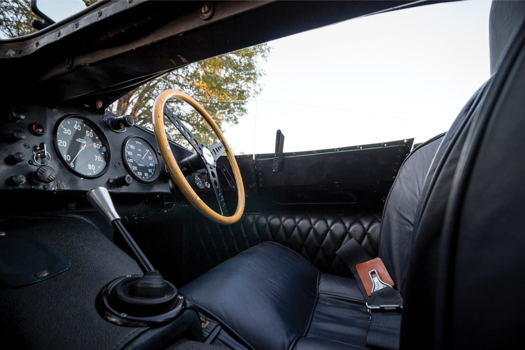
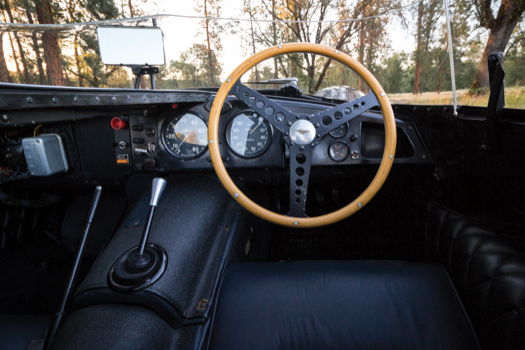
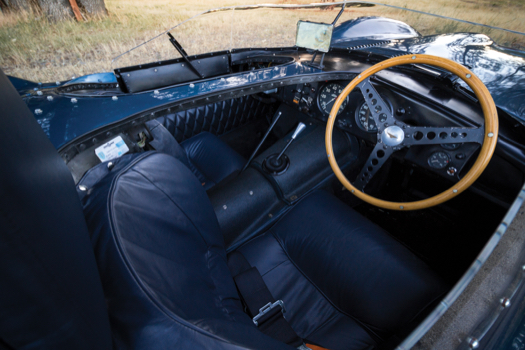
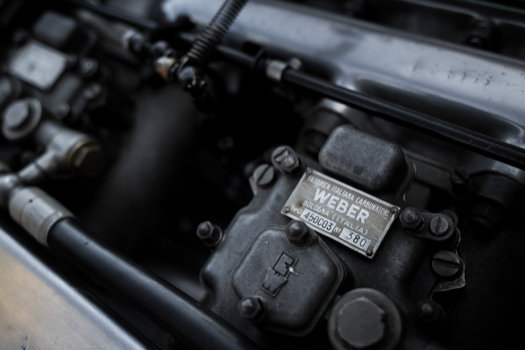
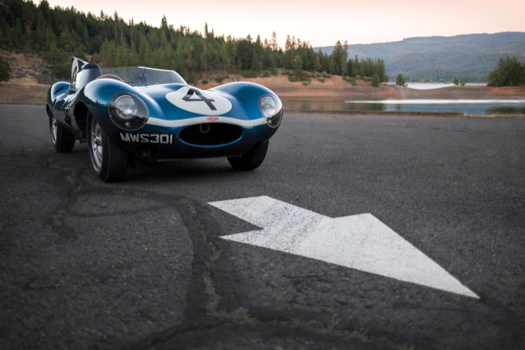
Keep up-to-date with all the latest news by following us on twitter.com/Scotcars
Jim McGill
All photographs: Copyright of Patrick Ernzen, 2016, courtesy RM Sotheby’s.